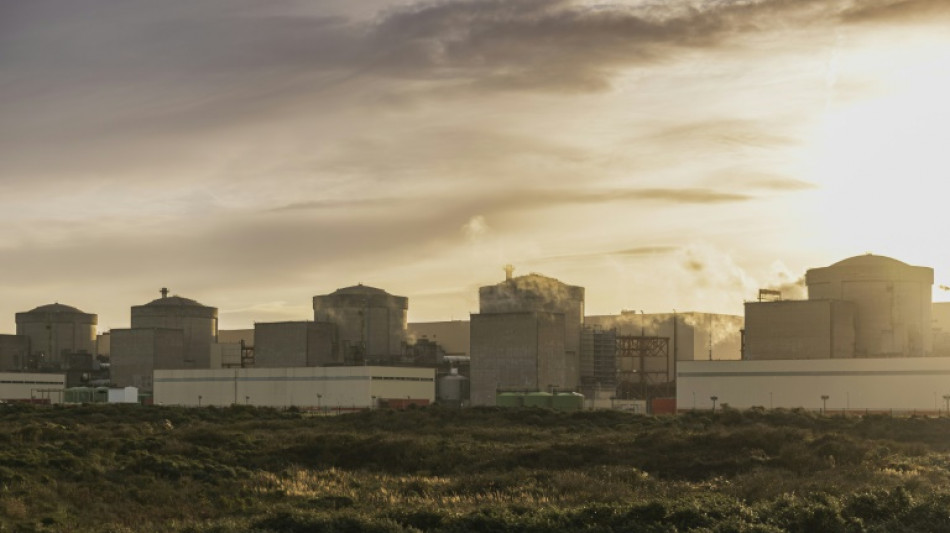
Jellyfish force French nuclear plant shutdown

A nuclear plant in northern France was temporarily shut down on Monday after a swarm of jellyfish clogged pumps used to cool the reactors, energy group EDF said.
The automatic shutdowns of four units "had no impact on the safety of the facilities, the safety of personnel, or the environment", EDF said on its website.
"These shutdowns are the result of the massive and unpredictable presence of jellyfish in the filter drums of the pumping stations," the Gravelines plant operator said.
The site was fully shut after the incident, with its two other units already offline for maintenance.
Teams were carrying out inspections to restart the production units "in complete safety", EDF said, adding the units were expected to restart on Thursday.
"There is no risk of a power shortage," the company added, saying other energy sources, including solar power, were operational.
Gravelines is Western Europe's largest nuclear power plant with six reactors, each with the capacity to produce 900 megawatts.
The site is due to open two next-generation reactors, each with a capacity of 1,600 megawatts, by 2040.
This is not the first time jellyfish have shut down a nuclear facility, though EDF said such incidents were "quite rare", adding the last impact on its operations was in the 1990s.
There have been cases of plants in other countries shutting down due to jellyfish invasions, notably a three-day closure in Sweden in 2013 and a 1999 incident in Japan that caused a major drop in output.
Experts say overfishing, plastic pollution and climate change have created conditions allowing jellyfish to thrive and reproduce.
F. Fernandes--JDB

 London
London

 Manchester
Manchester
 Glasgow
Glasgow
 Dublin
Dublin
 Belfast
Belfast
 Washington
Washington
 Denver
Denver
 Atlanta
Atlanta
 Dallas
Dallas
 Houston Texas
Houston Texas
 New Orleans
New Orleans
 El Paso
El Paso
 Phoenix
Phoenix
 Los Angeles
Los Angeles



